Overview
Our sharpening service will provide a good serviceable edge on the blade. The result is typically “very sharp” with a small secondary bevel and a bit of an “apple seed” profile. The resulting edge is somewhat dependent on the particular blade. Some blades will take and hold sharper edges than others and the thickness of the blade will determine how wide the bevel will need to be. We adjust the angle of the edge to suit the specific blade and attempt to get as close to a bevel-less edge as possible without marring the surface of the blade.
The Sharpening Process
The sharpening service is done with a belt sander. The process involves many passes with sanding belts of various grits. The blades are rested between passes to prevent them from becoming hot and damaging their temper. By default we will sharpen as much of the blade as possible including any false edges if appropriate. If you have a different preference, feel free to make that request in the special instructions at check out. We can sharpen only the last half or third of an edge, for example. Our sword sharpening expert has personally sharpened several thousand swords at this point, so will provide you with a professional service.
What the Service is Not
The resulting edge will be “sword sharp” not razor sharp. Our goal is to provide you with a usable edge for cutting practice that will hold up to some use and not require constant re-sharpening. In other words, we intend to provide you with a serviceable weapon, not a personal grooming implement. The service will not provide a completely bevel-less edge. To create that type of edge will necessarily scratch up the blade surface and we lack the machinery and time to provide a full re-polishing of a blade’s surface. A service of that nature would be significantly more expensive as a great deal more time would be required. We do not offer this type of service at this time.
Disclaimer
We make no guarantee that the resulting edge will meet with your expectations. Every blade is different and some will take and hold a sharper edge than others, due to the blade material, heat treatment or geometry. Some customers can also have incorrect assumptions about sword sharpness and improper expectations as a result. All we can say for sure is that the resulting edge will be sharper than the default edge, in most cases, significantly so. We can not provide any refunds for the service once it has been completed, so consider it to be provided “as is”. That being said, if you are unhappy with the product for any reason, we do still allow you to return the item for a full refund, including the sharpening costs under our normal return policy. This does not apply to special sharpening requests, for example if we sharpen something specially for you that does not normally list that option on our site. The vast majority of our customers are happy with the results of the service, so as long as you keep the above mentioned in mind, we are confident you will be pleased with the results as well.


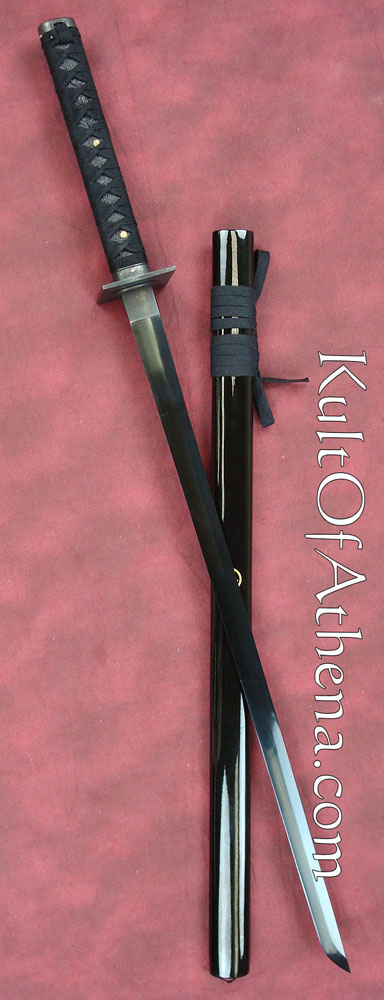
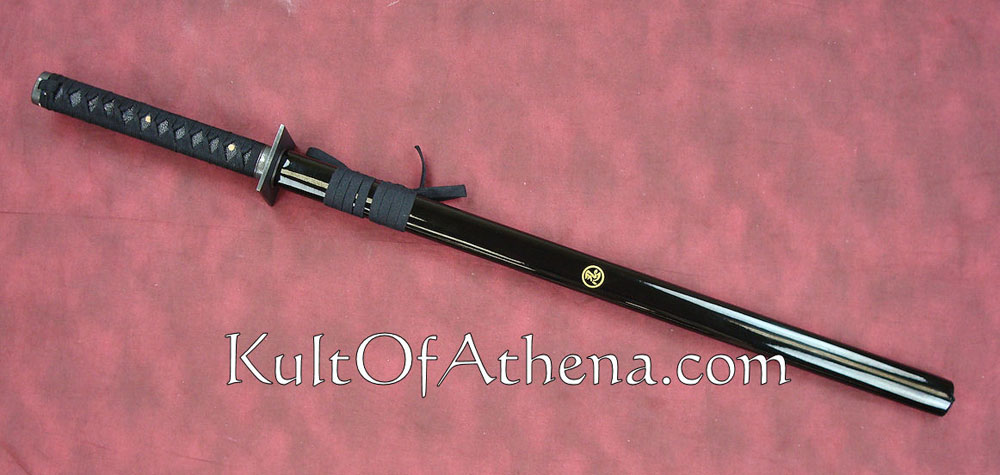
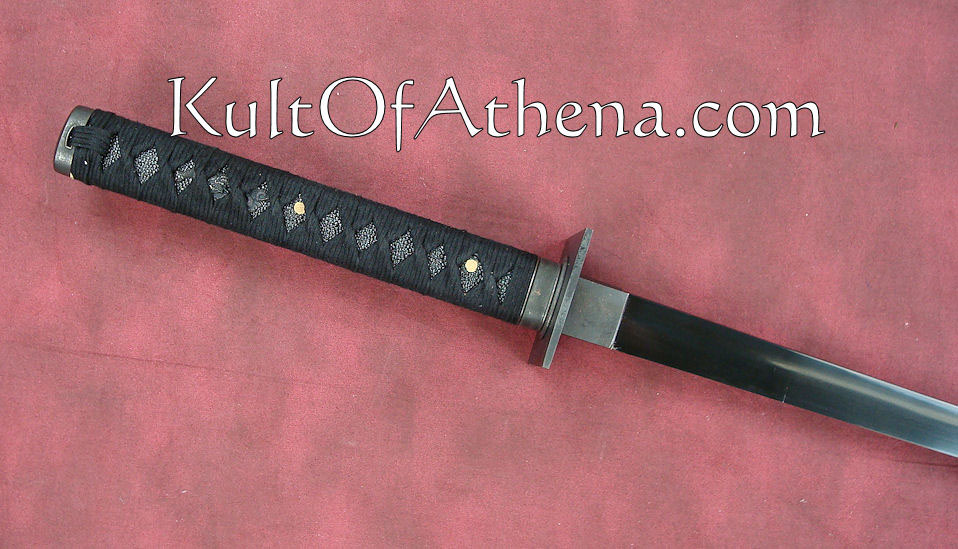
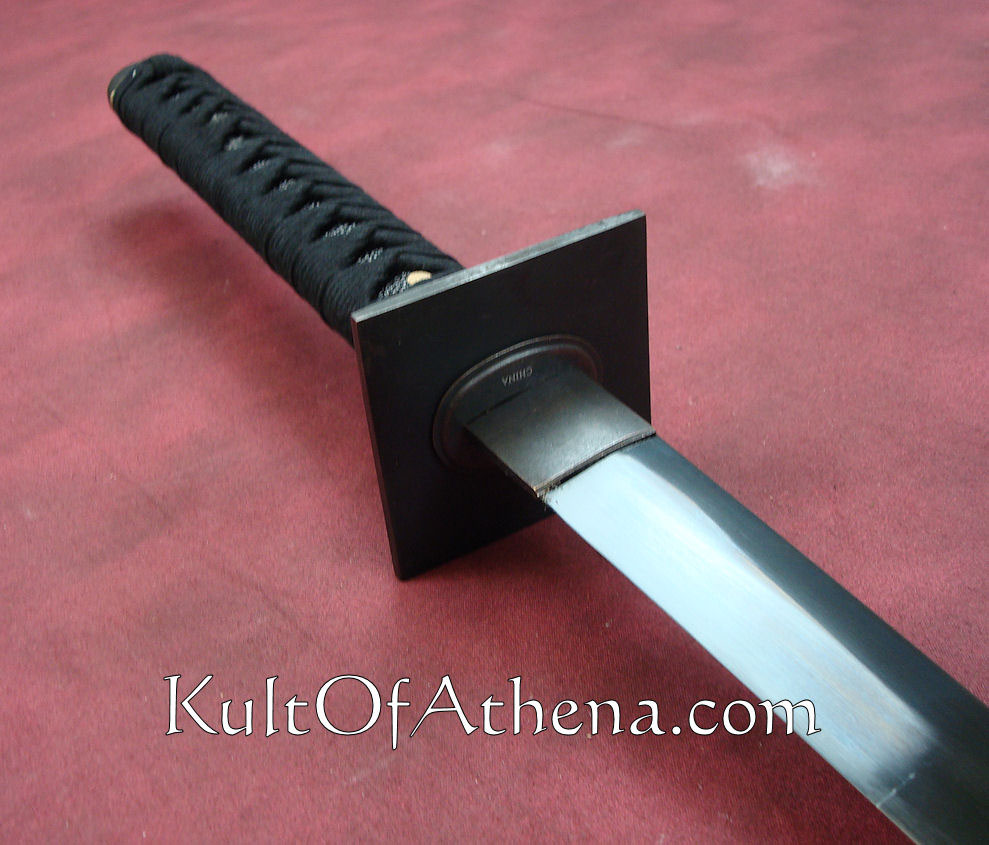

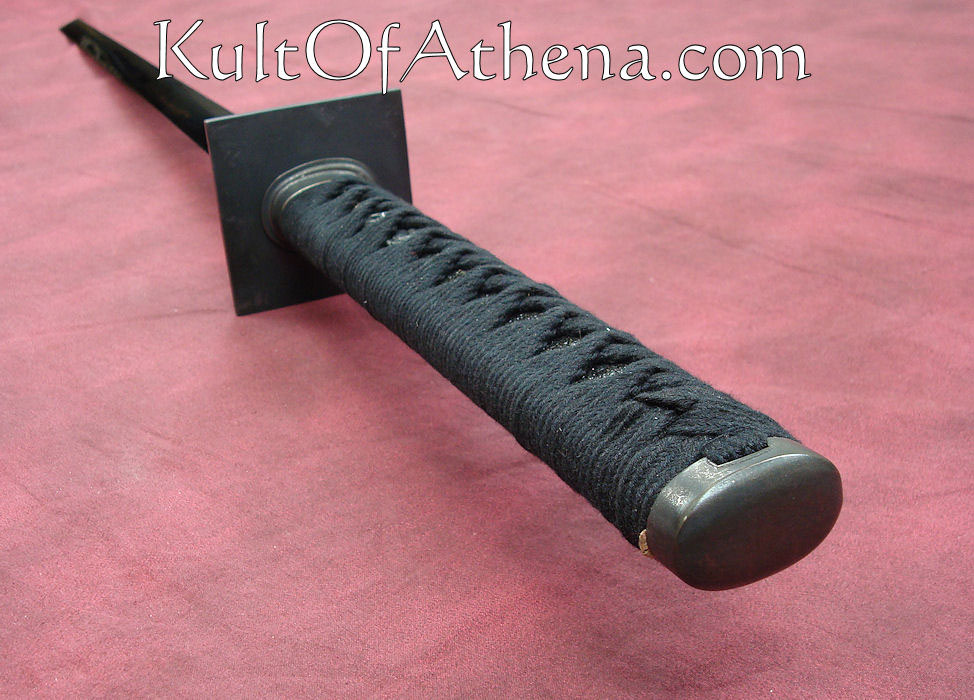
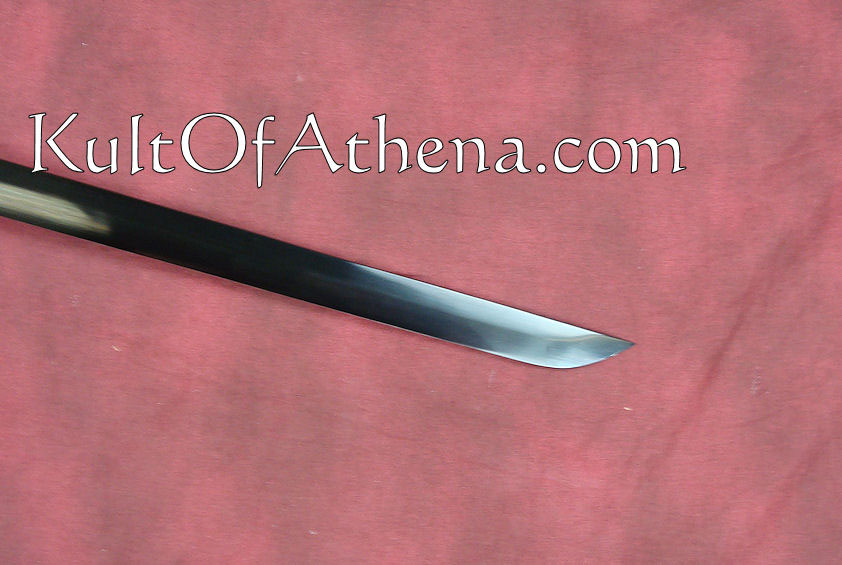



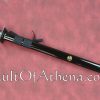
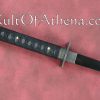
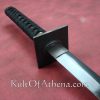
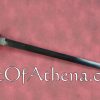
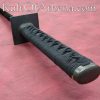
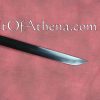
Lyle Y. –
Great Sword For The Money Even though to date there is no documented historical evidence in any museum or elsewhere supporting claims that the Ninja, a.k.a., Shinobi, ever used a sword with a straight blade and a square Tsuba, the Musashi “Koga Ninja Sword” is, in my opinion, one of the most affordable, fully functional and accurate reproductions on the market that adheres to the public’s uneducated perception of what the ever so popular Ninja sword looks like and one of the reasons I wanted one for my collection.
While the descriptions abound regarding the length of the Ninjato vary from some that are as short as a Wakizashi to some that are as long as a Katana, I chose one that was lengthy, similar to a Katana because of my Tameshigiri training. I also wanted one that was basic in design, not ornate or having any special extra’s as is typical with many production Ninjato’s. In that regard, the Musashi Koga Ninja Sword is as bare boned as they come without sacrificing its designed purpose as a weapon for cutting. Simplicity and effectiveness all played a role in choosing a my Ninjato example. Since I never buy swords that aren’t fully functional and I did intend on cutting with it, safety was a key factor, as well. I could have skimped out and bought a cheap stainless steel wall hanger as an example for my collection, but anyone who knows anything about swords will agree that stainless steel swords are never meant to be swung and by no means ever safe to be used for cutting purposes.
Another reason I wanted one was to compare its cutting and thrusting capabilities to that of the Samurai’s Katana and Wakizashi design, which have been effective throughout hundreds of years of battle proven practicality.
Upon first handling this sword out of the box, it was a little awkward, since I’ve had very little experience with a straight bladed Japanese style sword. However, after familiarizing myself further with how it feels and developing muscle memory from handling it, I found it to be quite comfortable. Its fit and finish are impressive considering its minimal cost, everything was nice and tight. The blade also tappers both in width and thickness from the Habaki to the Kissaki. The Ito is well wrapped and tight. The Tsuka is consistant in shape throughout its length without the hourglass shape so commonly seen in Japanese style swords.
The Samegawa is black and has a slight rubbery feel on the fingetnails. The Kashira, Fuchi, Menuki, two Seppa and Habaki appear to be made of the same surface darkened metal material which I’m assuming is a zinc alloy. The Tsuba on mine is not blackened solid copper as advertised, it is steel, since a magnet sticks to it and in my opinion, more ideal than copper. Also, the blade is not anodized as advertised, rather, it is chemically blued similar to so many firearms. The Saya came nicely finished in glossy black and the Sageo came tightly tied in a common presentation knot, which I have untied for traditional use. The Kurigata is a bit boxy, lacking the traditional round edge and the Shito-Dome appear to be painted metal. This sword did not come with a protective sword bag.
I disassembled the entire sword for inspection before attempting to cut with it (as I do with all my Japanese style swords). I ended up cleaning off a few burs from the Nakago, which to my surprise is 2/3’s the length of the Tsuka, making the sword truly “full tang”. Stamped into one side of the Nakago between the two Mekugi ana is the word “SHINOBI” In uppercase American lettering and the Musashi kanji is engraved into the other side with what appears to have been some sort of rotary tool. I reamed out a few burs on the Mekugi ana , replaced the Mekugi and all around fine tuned the entire piece. Upon close inspection, there wasn’t any noticeable internal cracking within the Tsuka, which was actually hardwood as advertised. I also put a razor’s edge on the blade by stropping it on leather with a bit of Mother’s Mag & Aluminum Polish.
After fine tunning and polishing the edge, I found that it cuts very well with minimal movement to the target, which is ideal. Overall, it’s a solidly built sword and fully capable of performing the demanding cutting techniques of Tameshigiri. The blade is very stiff, giving me the impression that it is thoroughly tempered as advertized and I wouldn’t hesitate to try it out on bamboo or Tatami rolled around a wood dowel. Despite it having no Bo-hi, it’s not as unbalanced as I originally thought it would be.
As a Tameshigiri practitioner, retired Martial Artist and Japanese sword connoisseur, it is very important to me to try my hand at a variety of Japanese sword types, regardless if they are historically accurate or not. The sword now rests on a wooden vertical display stand.
Lyle D. Yates-Master Instructor.
hellbuck (verified owner) –
For only ~$70, it’s a surprisingly functional weapon that feels pretty good. True to its advertisement, it’s an affordable blade that doesn’t compromise in appearance nor usability. It may not be the most ornate work of art, nor is it the most rock-solid in terms of longevity and material quality; but it is indeed a simple tool that can do its job, and that’s fine by me for $70.
The one and only true complaint I have about this piece is the saya/scabbard. This may or may not be true for everyone, but my scabbard wasn’t an entirely snug fit, which caused the sword to rattle unpleasantly when jostled around in its sheathed state. YMMV however.
Redhhr2009 (verified owner) –
This was the first item I bought the pins that hold the handle on had two or three drill holes for each pin the pins would not stay in so the handle would just fall off it was so bad I threw it away I do not recommend